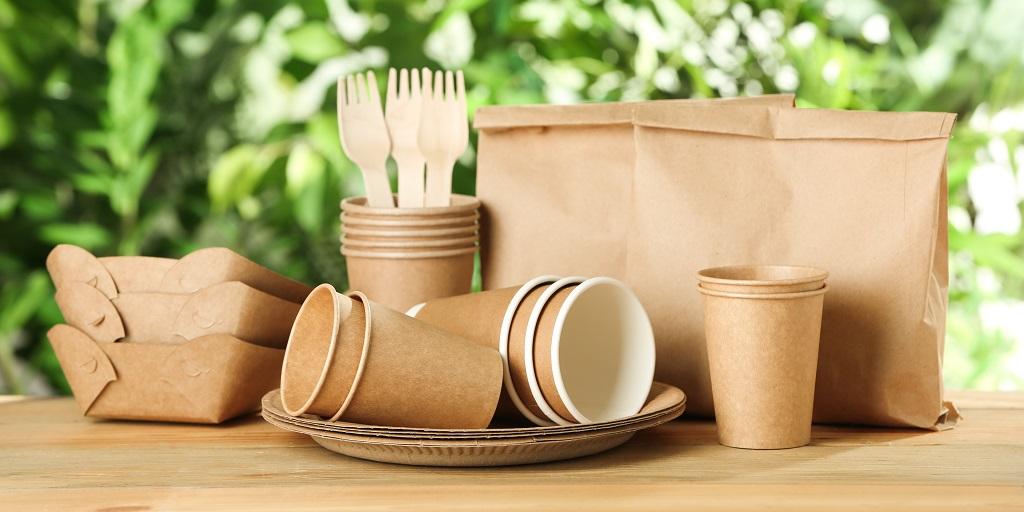The botanical packaging market includes packaging materials that are made from plant-based fibers or polymers. Some examples of botanical packaging materials include corrugated boxes made from kraft paper, molded fiber containers produced from recycled paper and agricultural residues, and cushioning produced from ground corn husks and other plant-based materials. Botanical packaging provides an eco-friendly alternative to plastics and other synthetic packaging materials while still offering protection for products during shipping and retail display. These plant-based materials often break down more quickly in landfills or commercial composting facilities, helping to reduce waste.
The Global Botanical Packaging Market is estimated to be valued at US$ 138.24 Bn in 2024 and is expected to exhibit a CAGR of 34.% over the forecast period 2024 to 2030.
Key Takeaways
Key players operating in the botanical packaging market are Acacia Communications,fSONA Networks,LightPointe Communications,Plaintree Systems Inc.,Trimble Hungary Kft. (Eos Positioning Systems),Wirepas Ltd.,Aoptix Technologies Inc.,NEC Corporation,Signify Holding (formerly Philips Lighting),Wireless Excellence Limited (CableFree).
The growing demand for sustainable packaging from consumer brands and retailers is driving increased adoption of Global Botanical Packaging Market Size. Many large companies have set ambitious recycling and sustainability targets that are increasing the use of plant-based alternatives to plastics.
The botanical packaging market is also expanding globally as countries in Asia Pacific and Latin America ramp up production capacity to meet the needs of multinational companies and domestic buyers seeking renewable and compostable packaging options. International certification standards are also helping botanical materials compete more effectively in export markets.
Market Drivers
One of the key drivers for the botanical packaging market is the focus on sustainable living and reducing plastic waste. Customers are increasingly concerned about the environmental impact of disposable plastics and look for packaging made from renewable, compostable materials. Botanical packaging allows companies to promote their brands as eco-friendly while meeting the demands of sustainability-minded shoppers. As regulations restricting plastics are implemented worldwide, botanical packaging provides a compliant alternative and growth opportunity for the packaging industry.
The current geopolitical situation is significantly impacting the growth of the botanical packaging market. With rising tensions between nations and increasing economic uncertainties, supply chains have become highly disrupted. Many raw material suppliers for botanical packaging are concentrated in regions that have been impacted by trade wars, sanctions or conflicts. This has led to shortages and price volatility for critical inputs like paper, wood and bioplastics. Packaging producers are struggling to source consistent supplies at viable costs.
Geopolitical risks have also reduced cross-border investments and partnerships in the sustainable packaging sector. New technologies and solutions that could drive future growth of botanical packaging now face delays in funding and collaborations due to strategic considerations and risk aversion among investors and businesses. Unless geopolitical stability returns, it will be difficult for the industry to achieve its projected growth rates over the forecast period.
To counter these challenges, companies must diversify their supplier networks globally and establish backup sourcing options. Localizing production closer to end-markets can improve supply resilience. The industry also needs coordinated policy support and incentives and cross-industry partnerships to accelerate R&D in alternative packaging materials. While geopolitical uncertainties cannot be controlled, mitigating risks and building flexibility in operations will be crucial for the botanical packaging market to realize its full long-term potential.
In terms of value, North America currently dominates the botanical packaging market with the largest share. Factors such as stringent regulations, growing consumer preference for eco-friendly products and presence of major industry players have propelled the region's market size. However, Asia Pacific is poised to become the fastest growing regional market during the forecast period due to rising environmental awareness, a burgeoning e-commerce sector and supportive government policies in countries like India and China.
Get More Insights On This Topic: Botanical Packaging Market
Explore More Article: Achondroplasia Treatment Market
